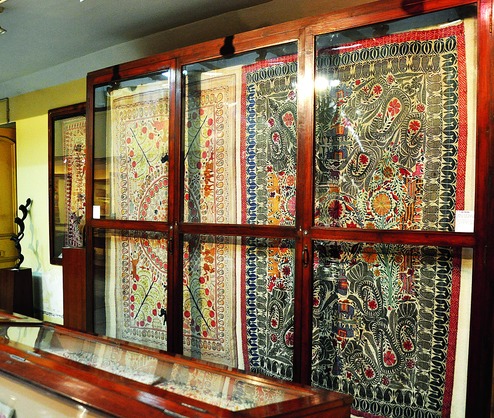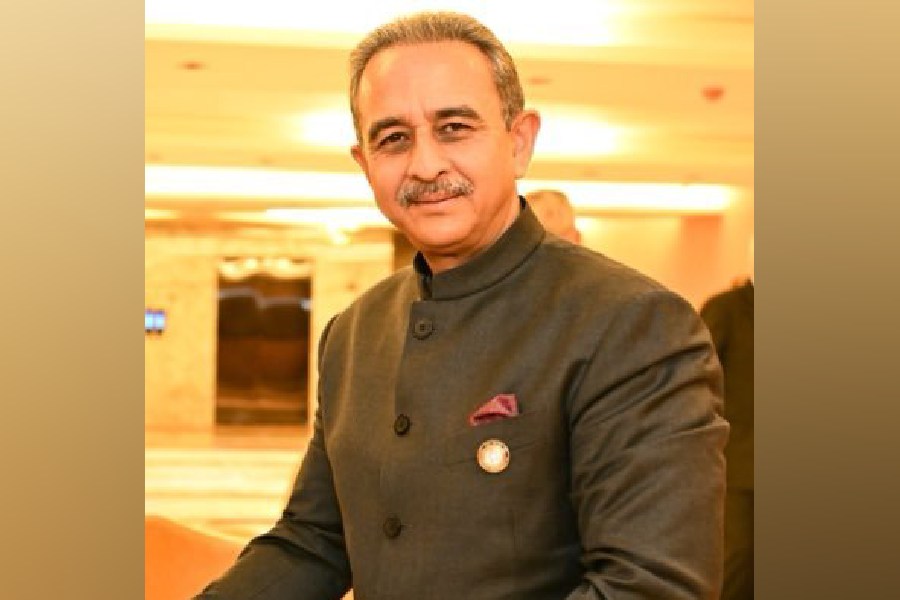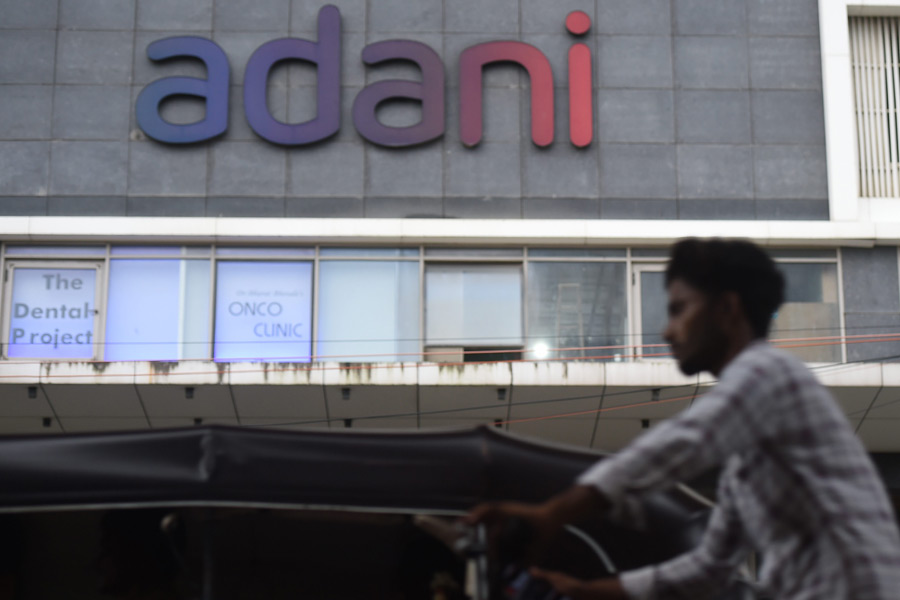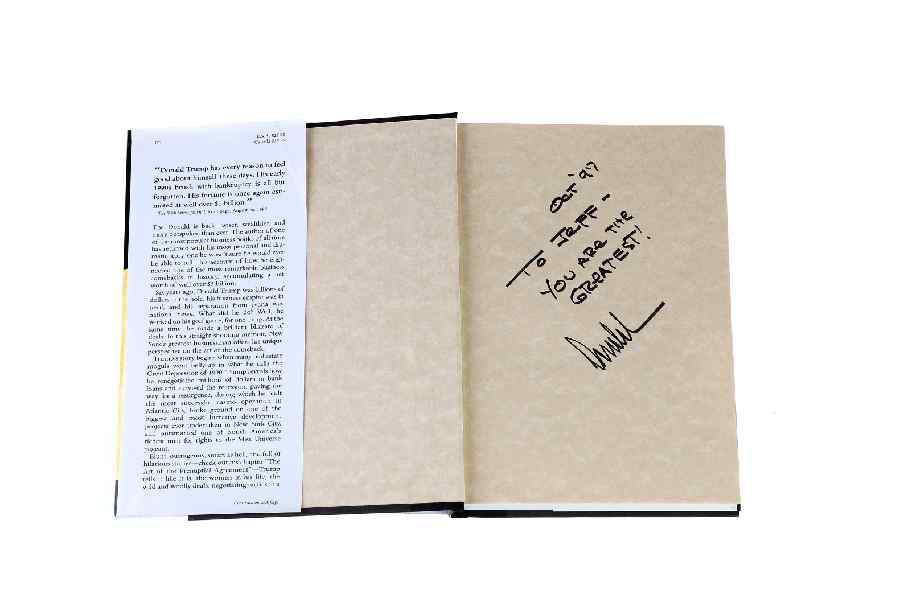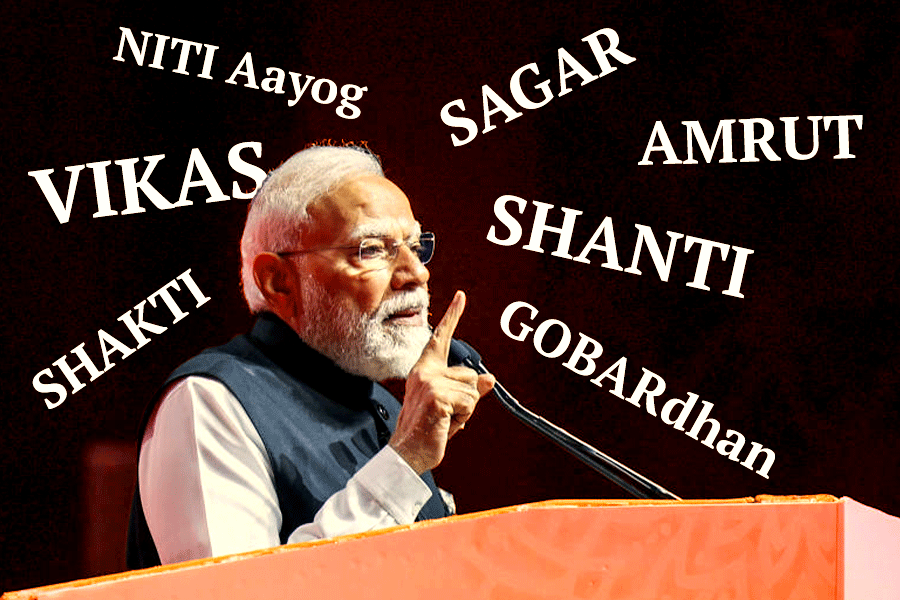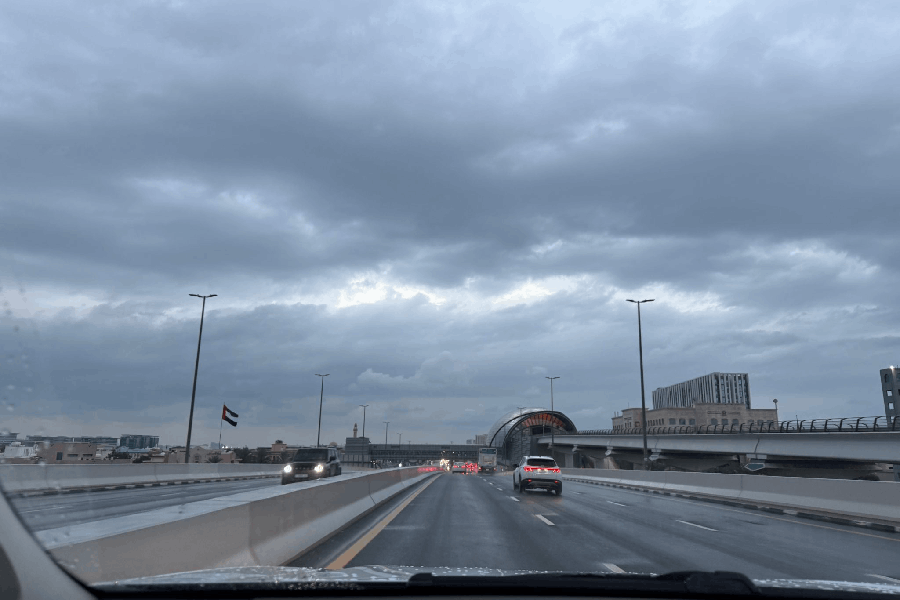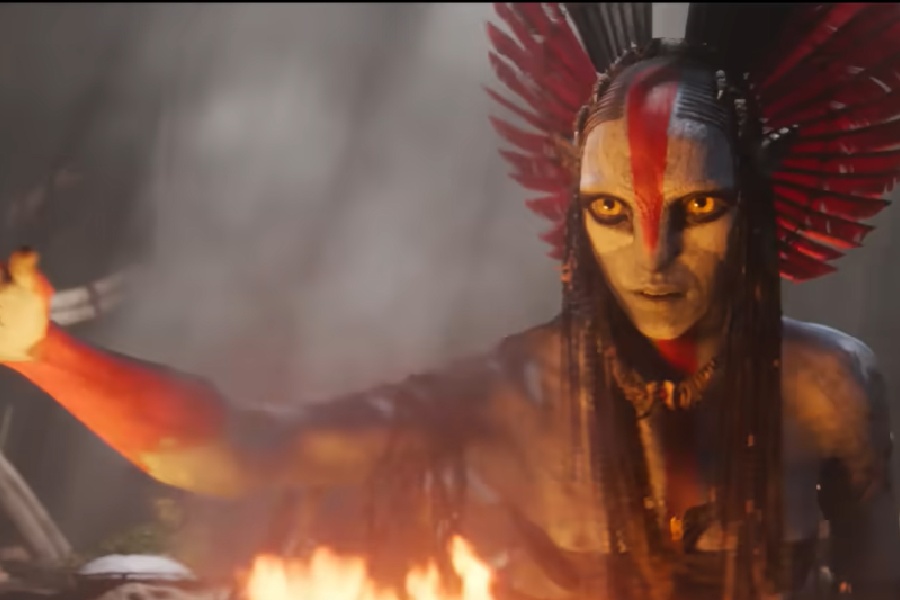
Calcutta: A repository of folk art and craft from undivided Bengal, Gurusaday Museum, is facing imminent closure following a revoking of central financial aid.
The museum in Bratacharigram in Joka with the largest collection of kantha in the country faces an uncertain future as it depended solely on an annual grant of more than Rs 40 lakh from the textiles ministry.
"Over a period of more than 32 years this office has been providing financial assistance towards staff salaries for the employees in the Gurusaday Museum. This office... had informed that (it) must explore more sustainable revenue model as the government cannot support indefinitely," from the development commissioner's (handicraft) office in the ministry said in a letter dated November 29, 2017.
The museum with its collection of 3,300 folk art and craft objects from rural India is a national treasure trove of heritage providing a glimpse into the life and society of rural India during the 18th and 19th century.
Its collection includes patachitras, Kalighat paintings, kantha, archaeological plaques, statues, sweetmeat and mango pulp moulds, and dolls from remote corners of rural Bengal.
Gurusaday Dutt (1882-1941) collected folk art and craft objects from remote corners of rural undivided Bengal during his tenure as district magistrate.

Between 1929 and 1939, he collected 2,325 exquisite specimens, including heirlooms. He had bequeathed his entire collection to Bengal Bratachari Society that he had formed to preserve Bengal's folk tradition and culture.
In 1961, Dutt's collection, which was kept at his house initially, was shifted to a museum on a plot donated by the folklorist himself. "My grandfather wanted his collection to be displayed in a museum and not kept in his house. So, a museum was built and the collection was shifted there," Devsaday Dutt, grandson of Gurusaday Dutt, said.
Bidhan Chandra Ray, the then chief minister, inaugurated the museum, and Humayun Kabir, the then central education minister threw it open to public in 1963.
In 1984, an agreement was signed between the President of India and the Bengal Bratachari Society with Arati Dutt, daughter-in-law of Gurusaday Dutt, as its president in which the Centre agreed to provide all financial help to carry on the daily work of the museum, payment of staff salary, development and maintenance of the museum, and buying equipment.
"The government letter is directly in contravention of this agreement," Bijan Kumar Mondal, the present executive secretary and curator, said. "We will meet textile minister Smriti Irani soon, along with museum chairman Praveen Srivastava, an IAS officer who has been the director-general of the Archaeological Society of India."
Thereafter, he is mulling possible legal action, he said.
Devsaday Dutt, however, said the museum should be able to generate its own resources by utilising the 100 acre land of Bratacharigram in Joka. "My grandfather had donated that huge plot to the society and the museum stands only on five acres. The rest of the agricultural land was turned into land for educational purposes by the Bengal Bratachari Society during my mother's (Arati Dutt) tenure. The society has used some of the land to build a school. The state government has taken some for the development of Diamond Harbour Road. There should still be around 85 acres... it can be leased out and ample money generated to run the museum. The society should get its act together instead of blaming the government."

